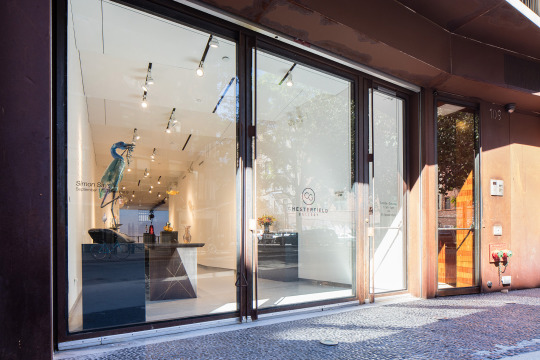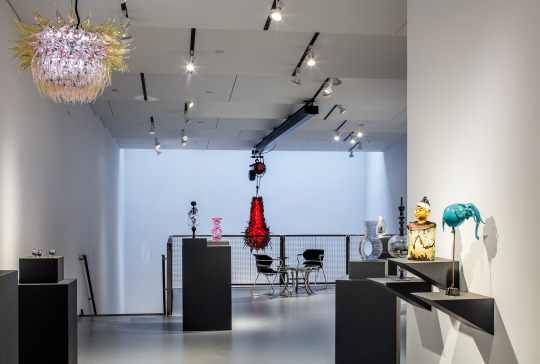Creative Careers: Interview with Simon Abrahms of Chesterfield Gallery
We talk to the up-and-coming New York gallerist about collecting, exhibiting, and appreciating glass art.
How do you feel about the medium of contemporary glass art and its possibilities? We at NYFA are excited to bring you this interview with gallerist and glass art aficionado Simon Abrahms. He’s represented glass artists since 2010, and recently opened the brick-and-mortar Chesterfield Gallery on Manhattan’s Lower East Side. The gallery showcases an eclectic lineup of international glass artists and designers who explore three-dimensionality in decorative and utilitarian ways.
In the past five years Abrahms’ gallery and roster of artists have grown in renown. He’s exhibited at the Architectural Digest Design Show, New York; SOFA Chicago; and at Art Basel and Art Wynwood, both in Miami. We spoke with him about who’s collecting and exhibiting glass art, the best ways to experience glass art, and how Chesterfield Gallery is putting glass artists in the spotlight.

NYFA: Your first job was in a warehouse that distributed construction supplies. How did the experience help you in your transition into working with glass art?
Simon Abrahms: My first job was more instrumental in developing a work ethic than specifically with glass, but very helpful nonetheless.
NYFA: Which museums would you say are doing the best at collecting and exhibiting glass art right now?
SA: Hands down, the Corning Museum of Glass in Upstate New York. Their new contemporary wing has phenomenal art, lighting, and a studio unlike any you’ve seen before with seating for five hundred people to watch the world’s best artists in the medium at work.
NYFA: What books, films, and documentaries might give readers the best insight into your world right now?
SA: The techniques and qualities of glass are much better shown in person, especially in three dimensions rather than in a photograph or painting, but I think UrbanGlass, a non-profit based in Brooklyn, does a phenomenal job with their publication GLASS: The UrbanGlass Quarterly. The very best way [to experience glass art] is to come into the gallery for one of our artist talks.

NYFA: What are the most important things you do to contribute to the success of your artists?
SA: Many of our artists have long been recognized within the glass community, but not as widely within the contemporary art scene. By having the gallery here in the Lower East Side, exhibiting at major art and design fairs, and getting them national press, I put them in the context of contemporary sculpture where they are meant to be.
NYFA: How do you see your gallery’s artists and their role in the changing glass art market?
SA: If you ask seasoned glass collectors about our artists, they will know many of our artists. If you ask emerging collectors, they will also know some. But I see glass entering the market of sculpture as a whole being our more significant change.
NYFA: What should someone, either a visitor or artist, do or not do when they walk into your gallery?
SA: Ask to touch things and ask questions. Most people are afraid to touch art they don’t own, which is appropriate, but many of the works shown here are sturdier than they seem and have phenomenal texture. A lot of people feel like they’re bothering people who work at a gallery if they’re not intending to buy something. I believe it’s our mission to educate people on what we show, as much as any other part of what we do. I do this because I love it and am always excited to share what I’ve learned.
NYFA: What is the most important piece of advice you would give to someone breaking into the glass industry?
SA: Follow your gut. I only represent work I like, so I can wake up everyday happy about how I’m spending my life.
This post is part of a regular blog series, NYFA Creative Careers. Find new and exciting career and artist opportunities on NYFA Classifieds.
– Interview conducted by Soojin Seelye, Account Manager, Advertising
Images, from top: detail Simon Abrahms, Courtesy Simon Abrahms; Chesterfield Gallery, Courtesy Simon Abrahms





